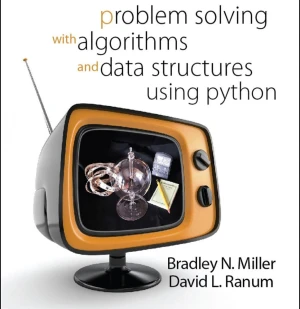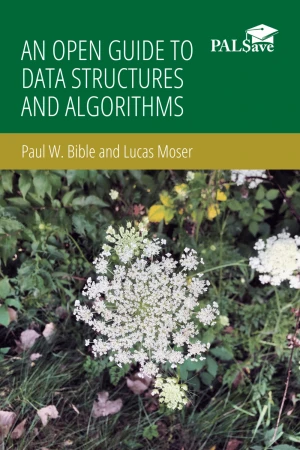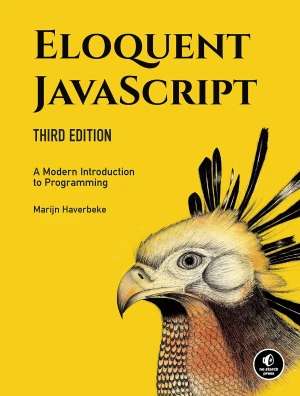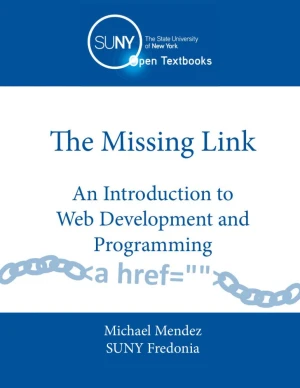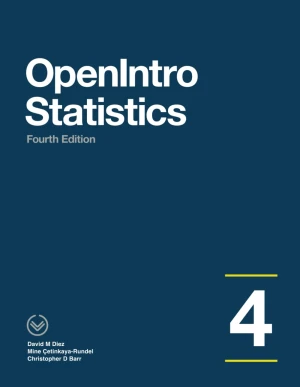Open Data Structures
An Introduction
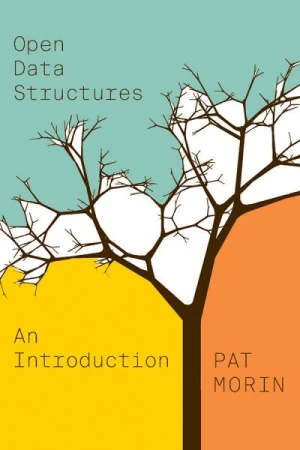
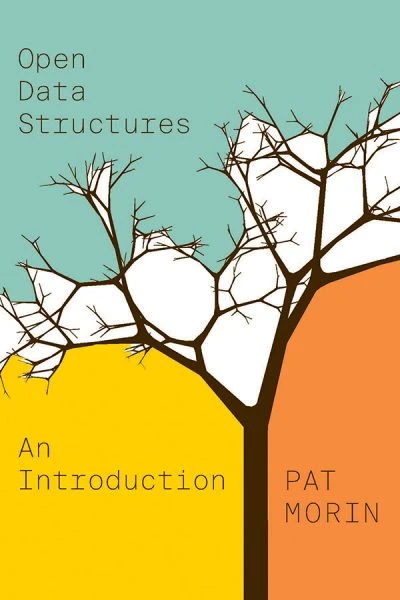
Book Details
| Author | Pat Morin |
| Publisher | AU Press |
| Published | 2013 |
| Edition | 1st |
| Paperback | 336 pages |
| Language | English |
| ISBN-13 | 9781927356388, 9781927356395 |
| ISBN-10 | 1927356385, 1927356393 |
| License | Creative Commons Attribution-NonCommercial-NoDerivatives |
Book Description
Offered as an introduction to the field of data structures and algorithms, Open Data Structures covers the implementation and analysis of data structures for sequences (lists), queues, priority queues, unordered dictionaries, ordered dictionaries, and graphs. Focusing on a mathematically rigorous approach that is fast, practical, and efficient, Morin clearly and briskly presents instruction along with source code.
Analyzed and implemented in Java, the data structures presented in the book include stacks, queues, deques, and lists implemented as arrays and linked-lists; space-efficient implementations of lists; skip lists; hash tables and hash codes; binary search trees including treaps, scapegoat trees, and red-black trees; integer searching structures including binary tries, x-fast tries, and y-fast tries; heaps, including implicit binary heaps and randomized meldable heaps; graphs, including adjacency matrix and adjacency list representations; and B-trees.
A modern treatment of an essential computer science topic, Open Data Structures is a measured balance between classical topics and state-of-the art structures that will serve the needs of all undergraduate students or self-directed learners.
This book is available under a Creative Commons Attribution-NonCommercial-NoDerivatives license (CC BY-NC-ND), which means that you are free to copy and distribute it, as long as you attribute the source, don't use it commercially, and don't create modified versions.
If you enjoyed the book and would like to support the author, you can purchase a printed copy (hardcover or paperback) from official retailers.
Download and Read Links
Share this Book
[localhost]# find . -name "*Similar_Books*"
Problem Solving with Algorithms and Data Structures, 3rd Edition
The study of algorithms and data structures is central to understanding what computer science is all about. Learning computer science is not unlike learning any other type of difficult subject matter. The only way to be successful is through deliberate and incremental exposure to the fundamental ideas. A beginning computer scientist needs practice
An Open Guide to Data Structures and Algorithms
Data encountered in a computer program is classified by type. Common types include integers, floating point numbers, Boolean values, and characters. Data structures are a means of aggregating many of these scalar values into a larger collection of values. An algorithm is an explicit sequence of instructions, performed on data, to accomplish a desir
Data Structures and Algorithms
This book provides implementations of common and uncommon algorithms in pseudocode which is language independent and provides for easy porting to most imperative programming languages. It is not a definitive book on the theory of data structures and algorithms. For the most part this book presents implementations devised by the authors themselves b
Eloquent JavaScript, 3rd Edition
JavaScript lies at the heart of almost every modern web application, from social apps like Twitter to browser-based game frameworks like Phaser and Babylon. Though simple for beginners to pick up and play with, JavaScript is a flexible, complex language that you can use to build full-scale applications. This much anticipated and thoroughly revised
The Missing Link
Web development is an evolving amalgamation of languages that work in concert to receive, modify, and deliver information between parties using the Internet as a mechanism of delivery. While it is easy to describe conceptually, implementation is accompanied by an overwhelming variety of languages, platforms, templates, frameworks, guidelines, and s
OpenIntro Statistics, 4th Edition
OpenIntro Statistics provides a traditional college-level introduction to the field of statistics. This widely adopted textbook offers an exceptional and accessible foundation for a diverse range of students, from those at community colleges to attendees of Ivy League institutions. It is estimated that approximately 20,000 students use this thoroug

